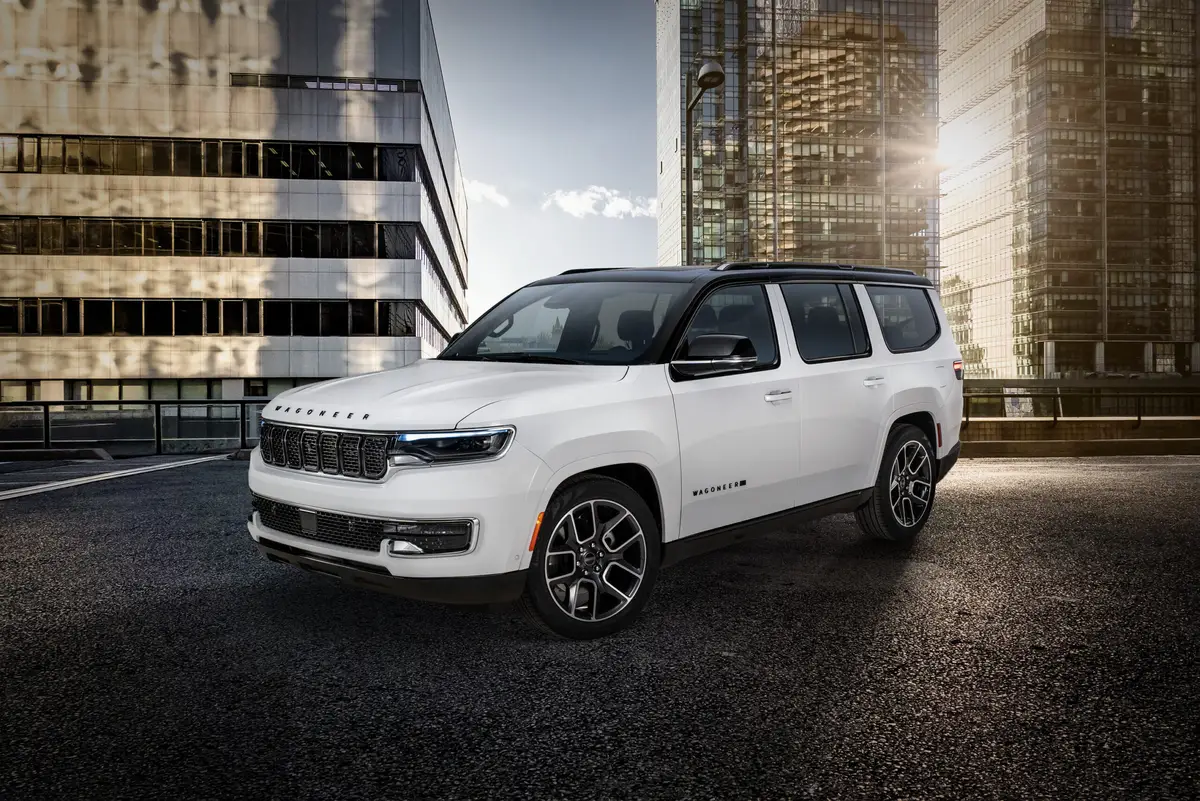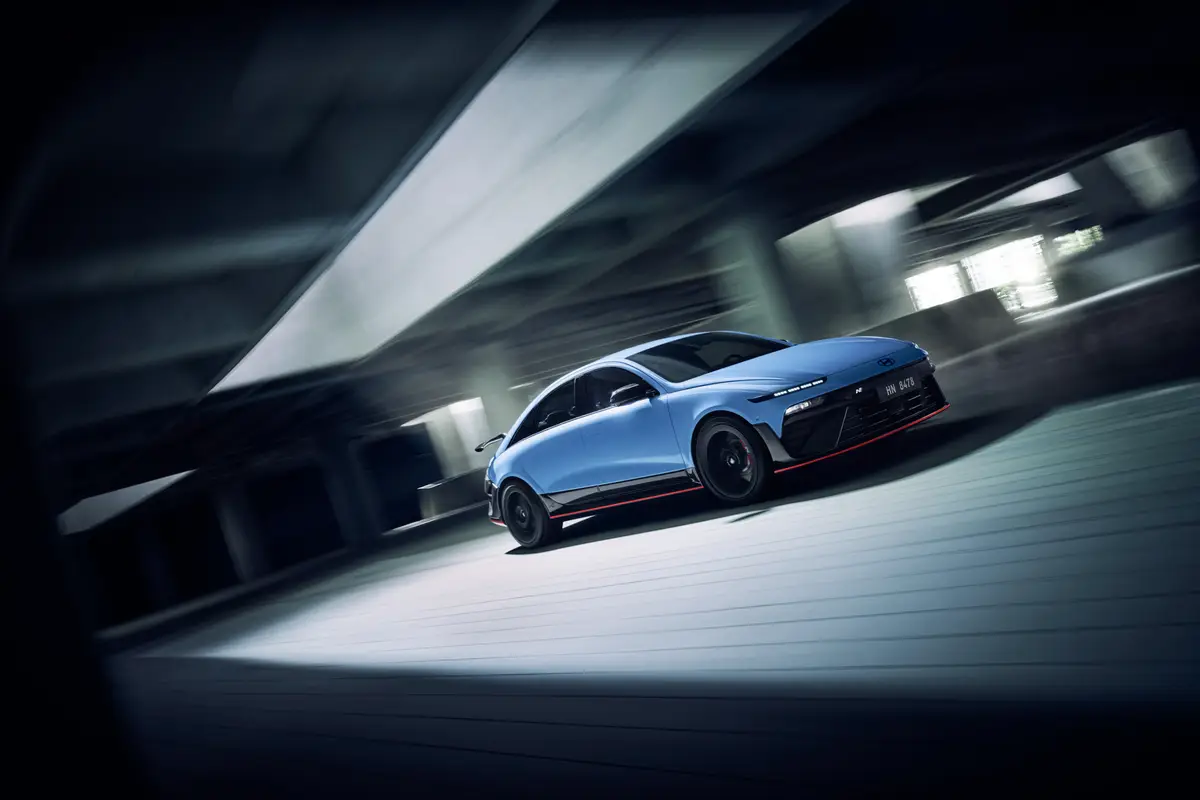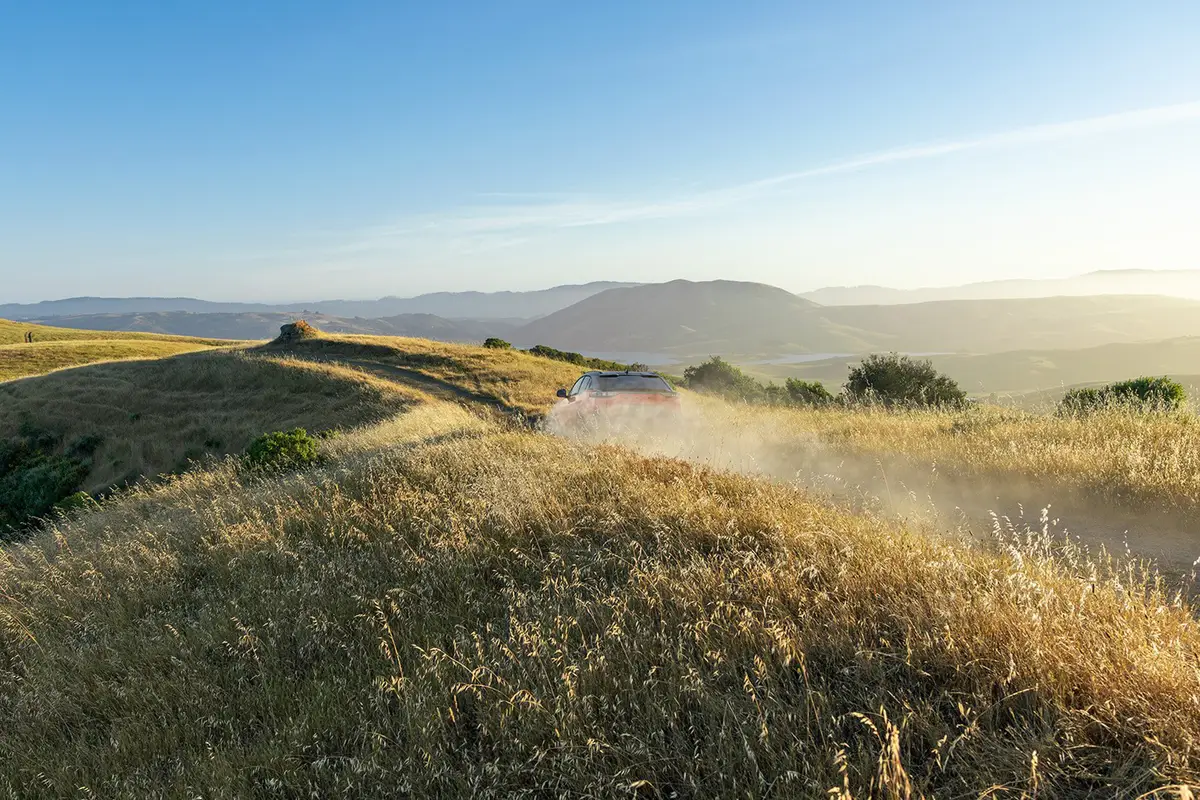The Morning Call and Mcall.com's view
After 40 years of the same basic design, the Jeep CJ has been replaced. But unless you happen to be a Jeep enthusiast you are not likely to notice a big design change in the new Wrangler. In fact, the Wrangler looks so much like the CJ that I doubt if they even can tell the difference.
Apparently this is all part of AMC’s overall strategy. After all, the CJ has an army of followers and it would be folly to fool with the fundamental form of this rather homely and box-like vehicle. But after four decades, it certainly is time for a bit of mechanical change. And in this respect the Wrangler is light years away from the CJ.
The test vehicle (a top-of-the-line Laredo model supplied by Shoemaker AMC/ Jeep/Renault, 4131 Walbert Ave., South Whitehall) may have looked like a CJ but it certainly didn’t act like one. It was extremely simple to drive (the test vehicle had the optional three-speed automatic making it even more simple), had a decent ride and acted at home both off road and on road.
Since the CJ was one of the big success stories of all time in the automotive world, let’s just go back and look at its background. Here is a vehicle that was designed in 1939 as a reconnaissance car to replace the motorcycle of World War I. This country was still two years away from World War II but was wisely modernizing its armed forces. The Jeep name is either a takeoff from the vehicle’s military nomenclature – General Purpose Vehicle – or the name of a character in a Popeye comic strip of the time – the Jeep. No doubt it was part of each. The Jeep may not have won World War II, but it certainly did make a contribution and won the affection of the military and civilian population.
After the war, Willys (the automobile company that came up with the design and was one of the manufacturers of the vehicle) wisely decided to produce a civilian version or Civilian Jeep (thus the CJ). There really wasn’t that much of a demand for reconnaissance cars among the civilian population but the Jeep offered something that proved to be an excellent selling point – four-wheel drive. These days even sports cars have four-wheel drive but then it was novel.
That was 40 years ago, and the CJ went through a number of mechanical improvements but essentially remained the same. The Wrangler is really a continuation of the CJ but Jeep decided to drop the letter designation and adapt a trendier name. No doubt this had something to do with pushing the Yuppie market. Anyway, if you liked the CJ, you’ll love the Wrangler. (That is, if you don’t suffer from pangs of conscience from abandoning the ship.)
And as four-wheel drive was a selling point then, it remains the big selling point. But the Wrangler makes it all just a little easier. It features Jeep’s Command-Trac shift-on-the-fly drive selection that allows the vehicle to be shifted from four- to two-wheel drive and back again while und er way. (The CJ’s transfer case took a full-stop and a lot of muscling around.) No hubs to lock, no nothing. Just select your mode and away you go.
The suspension on the Wrangler is different, too. A lot of it is based on the much more modern Cherokee utility vehicle (a very successful vehicle introduced in 1983 by Jeep) and not only is the handling better, so is the ride. The suspension still features leave springs all around but they are tuned for a better on-road ride. To aid the handling, there are front and rear track bars, a front stabilizer bar, a steering damper and big Goodyear Wrangler all-terrain radials mounted on sporty aluminum 15- by 7-inch wheels. One of the most noticeable differences in handling is that the Wrangler does not wander on the highway. It goes where you steer it. And it has a good overall feeling at higher speeds and on curves. Again, it is no sports car and it shouldn’t be treated as such but it does handle well for this type of vehicle. Also helping to instill confidence is the standard padded roll bar and side bars.
The Wrangler is just about the same size as the CJ. It has a wheelbase of 93.4 inches, length of 152 inches, width of 66 inches, height of 68.3 inches and curb weight of about 2,700 pounds. (The CJ’s dimensions are: wheelbase, 93.4 inches; length of 153.2 inches, width of 65.3 inches, height of 71 inches and curb weight of around 2,700 pounds.) The two front seats are roomy and comfortable and the back seat can hold two adults in relative comfort. The concealed rear cargo area can hold 12.5 cubic feet of cargo. With the rear seat folded and tumbled, cargo area is increased to 43.2 cubic feet. If you take out the rear seat, the area measures 53.4 cubic feet.
The test vehicle was equipped with Jeep’s venerable 4.2-liter/258-cubic- inch in-line six-cylinder engine and had plenty of power for all Lehigh Valley on-road and off-road conditions. This engine is rated at 112 horsepower at 3,000 rpm and 210 foot pounds of torque 2,00 rpm. What may seem somewhat strange is that the standard 2.5-liter/150 cubic inch fuel-injected four- cylinder engine is rated at 117 horsepower at 5,000 rpm and 135 foot pounds torque at 3,500 rpm. Does this mean the smaller engine is more powerful? Not really. The 258 is probably underrated in horsepower to begin with. Also, it produces much more torque at a lower rpm, and torque is what really produces power. So, if I had my choice I’d go for the bigger engine. Fuel mileage, though, will probably not induce anyone to write home about it. The test vehicle averaged 15 miles per gallon for city driving and 19 mpg over the highway. The test vehicle was brand new and possible would get better mileage once broken in. Then, again, maybe it won’t.
Base price for the Wrangler Laredo is $12,205. This certainly isn’t cheap but keep in mind Jeeps (and other four-wheel drive vehicles) have never been inexpensive. Also, since it is essentially a toy, you should be prepared to pay. Standard equipment includes power brakes, full gauges including tachometer, center console, quartz analog clock, leather-wrapped steering wheel, full carpeting, protective floor mats, hardtop with deep tinted glass, out mirrors, fuel tank skid plate, ”buffalo” vinyl upholstery and a bunch of other items. Full price came to $15,626, which doesn’t sound bad if you say it fast. Transportation charges came to $391 and options $3,030. Options included: 258 engine, $361; automatic transmission, $419; air conditioning, $804; power steering, $274; tilt steering, $115; cruise control, $204; AM/FM/ cassette ET stereo, $366, and rear window defroster, $150.
Latest news



